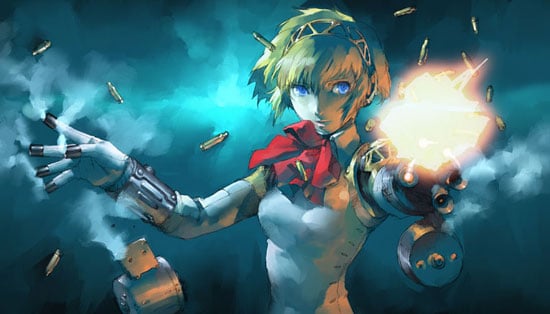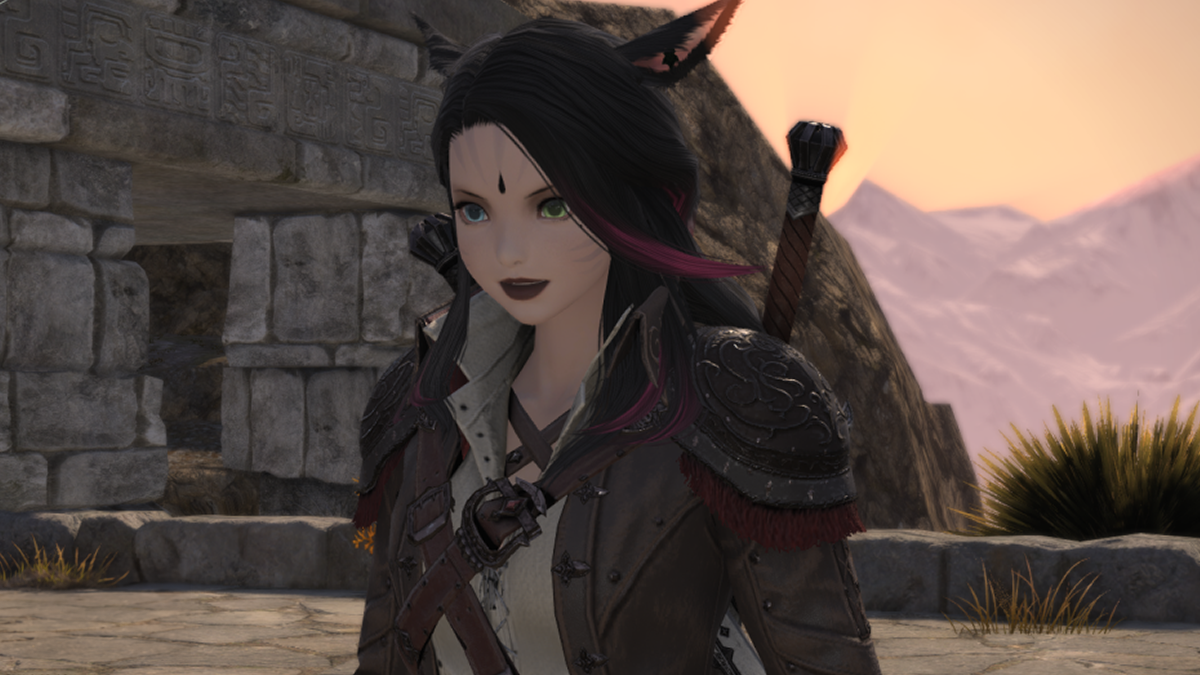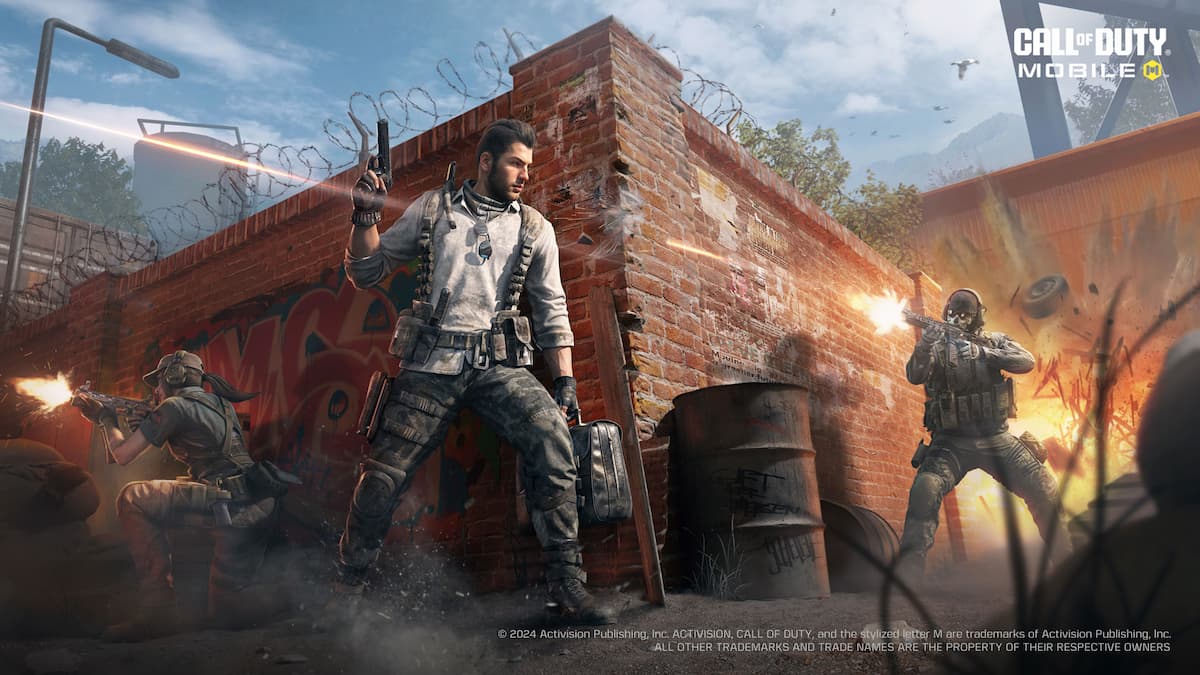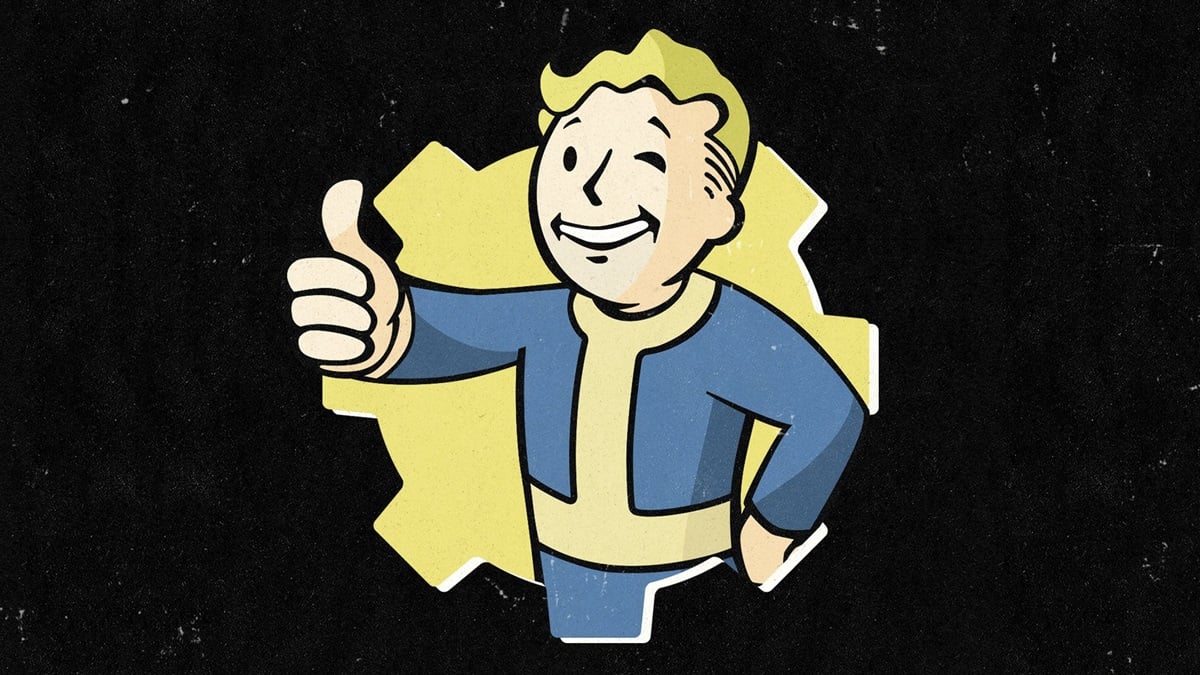Not long ago, Atlus brought us Odin Sphere, a strikingly beautiful game that reminded us that the PS2 isn’t something we should push to the side, now that we’re in the world of cell processors and HDMI cables. Now they’ve brought yet another reason to keep the ol’ system handy — Persona 3, a part of the Shin Megami Tensei franchise.
I had never touched neither the Persona series nor the Shin Megami Tensei line before, so I had no idea what I was getting myself into with this game. I was worried that I’d be so laden with backstory and abstract concepts that I’d want to shoot myself. Thankfully, the game is relatively self-contained, and lightens the load — though it still gives you plenty of reasons to shoot yourself. Good ones, too.
[Reviews monkey Linde here: tag-teaming Persona 3 this week with Brad is our mysterious guest reviewer, recently released from his/her seven-year incarceration in the bowels of an illegal secret prison. Sapped of strength and praying for death, their last wish was to review this game. I agreed, if only to loosen his/her vice-like grasp on my collar as they spat blood in my face in a hideous death rattle. Enjoy, everybody!]
Brad Rice
“You,” that nameless self of yours, have just transferred to Gekkoukan High, instantly earning yourself the aura of the new mystery transfer student. Shortly thereafter, you’re walking around the grounds late one night when the clock suddenly strikes midnight, and the Dark Hour arrives. Almost everyone around you turn into coffins planted into the ground, and not long after you’re pursued by some unknown thing. Fortunately, one of the girls who lives in your dorm grabs you and drags you to the roof amidst the confusion.
The beasts are clawing at the door, and more are climbing up the side of the building. Your new friend, Yukari, is obviously pretty scared. There isn’t much time now, as some of these wicked creatures are drawing closer. What else is there left to do? She draws a pistol and points it at her forehead. She’s attacked by one of the beasts, and the pistol lands by you. Grabbing it, you realize that there’s only one way to take care of this. You put the gun to your temple and pull the trigger. This is the world of Persona 3.
There are a select number of people who can awaken personas within themselves. To do so, they use “evokers,” which take the shape of a pistol to force the persona within them to come out, as they only appear in times of dire stress. Now that you’ve shown your ability, other people with personas reveal themselves. Now that you’ve been discovered by SEES, a group of people with personas who fight these shadows, you’ve got some purpose in your wayward life. Ah, but there’s that mysterious voice, who mentioned something about a year’s time…
So, what can you possibly do, now that you’re part of a supernatural squad, but still only a teenager? What else? Go to school. A big part of leveling up your personas (you’re the only person who can switch personas amongst the others in the game), is the social relationships that you form with others. So, you go to school, join clubs, and interact with friends and potential lovers. When you come home, there’s some studying, shopping, and demon slaying to do.
The Dark Hour is a special point in time that exists between midnight and the next day. It’s when normal people are turned into coffins and are completely unaware of the goings-on. Shadows, the monsters that populate Persona 3, are especially fond of your school, which has transformed into this colossal tower known as Tartarus.
There’s been a glut of RPGs for a while, and I’ve had little reason to go out and pick up nearly any of them. Even tactics RPGs, a stalwart favorite of mine, have run a bit dry, leaving my copies of Phantom Brave or La Pucelle yet unplayed. Persona 3 shakes up the genre, however, by getting the player into a routine with managing a social life, the well-being of the party (both in terms of tiredness and healthiness), as well as fighting back the Shadows in Tartarus. It makes for a more complete experience.

I feel more like I actually am the main character in Persona 3, giving me a much greater attachment. When it comes to managing relationships, it plays out like a dating sim for me – there are certain characters that appeal to me much more, and I get a much greater feeling of reward. Managing the relationship is somewhat simplistic, but it would be unrealistic to expect the game to have the depth of a full-fledged dating sim.
When battling in Tartarus, the enemies roam around the screen, and attacking them sends you into a turn-based battle menu. The transitions are extremely quick, and it’s rather pleasant to see. Once in battle, you only control yourself, but you can give general suggestions to your teammates as to how to act. Thankfully, the computer’s AI manages the party well, with the characters healing themselves when necessary, and taking care of each other. I don’t have to nanny my party members, and can therefore focus more closely upon the battle at hand.
You collect personas at the end of battles, appearing as part of a card shuffle, or by merging together personas that are currently in your possession to form new ones. As your personas fight with you in battle, they level up, unlocking new abilities. Merging them together can give bonus experience, aiding you in creating more powerful personas. It can get to be a complicated procedure, trying to manage your personas on top of everything else, but it’s not too bad.
At the end of the PS2’s life, this game still manages to keep a good appearance by using anime cutscenes instead of 3D modeling. The animation quality of these cutscenes is great, and much like the Guilty Gear cutscenes, make me wish that this was turned into a full-blown anime. The quality is that of a well-done OVA more than that of a typical series. Then again, that’s just the Japanator in me talking. In-game, the graphics are stylized to match the anime. To match the animation quality, the music in this game lands in a hard to define genre that mixes J-Pop, a bit of techno, and something undefinable that I can only describe as the sound of vector art. The collector’s edition comes with the soundtrack, so take a listen to that, and you’ll understand.
Some of the beauty in this game lies in the localization. The conversation amongst the characters comes across as very natural, and when you’re building a relationship with other characters, you actually have some interest in what they have to say. That’s certainly not to say that you’ll like all of the characters, but at least they’re worth talking to. Some of the parts are voice acted, and the selections are top notch, with voice actors like Vic Mignogna (Ed, Fullmetal Alchemist) and Michelle Ruff (Rukia, Bleach). My own personal wish is that the game was fully voice acted, as sometimes characters will only speak the first line, and then leave the rest to text. When there’s a dialogue going on, usually acting as an in-game cutscene, it’ll be fully voice acted.
Now, there’s really one issue to deal with when it comes to Persona 3. As Penny Arcade mentioned, there is the problem with these high school students repeatedly shooting themselves in the head in order to bring out their personas. The imagery in it is potent, and while effective, it can be somewhat haunting. Personally, I am engrossed by it, although it does nag me in the back of my head. I don’t see this as an issue with anyone, though, except for possibly the Jack Thompson crowd.
The game offers so much content that it gives you the opportunity to play through it again and have a new experience, without forcing you down the path of achieving a “true ending.” Between managing the relationships of your character and finding new personas to use, this RPG will start giving Final Fantasy Tactics a run for my most-played RPG.
Verdict: Buy it!
Score: 10/10


Here Comes a New Challenger!
Mysterious Guest Reviewer
The thing that’s most striking about the game is the contrast — there’s a dark side and a light side going on at once. Just like half the game is Dark Hour dungeon crawling and the other half is sunny school days, there are surface issues and unseen innuendos. The word Persona means “the mask or façade presented to satisfy the demands of the situation or the environment,” and that’s what they are — you summon different persona based on how their skills correspond to the enemies, and you tell the people in your life exactly what they want to hear in order to earn their trust. You’re not the only one doing this, either — there are some intriguing sub-plots among the main characters that suggest that maybe the friends you’re familiar with are just putting their best face forward, too.
Because you need to raise your personal attributes in the area of Academics, Courage and Charm in order to form some of the social links (someone won’t be interested in talking to you until your charm has gone from “plain” to “smooth”, for example), the game can sometimes feel afterschool-special wholesome — you’re rewarded for doing your homework and you can even improve your health by using the men’s washroom regularly. Since the day’s divvied up into time periods (morning, lunch, after school, evening, etc.) and you can only do one activity per time period each day, the challenging part is how to manage your time. Even going to Tartarus in the Dark Hour is optional, but if you don’t train, then you’ll be woefully unprepared for the monthly boss event. But you’re also accruing your success on the back of manipulating others, agreeing with them to please them even when they’re in the wrong, and you have a chance to see the worst in those around you — the sunny lessons in responsibility and healthy habits become a rather nice contrast point to the sinister elements in the story. Very thought-provoking.
The suicide thing is arresting at first, but largely, I think the media’s overreacting. It doesn’t feel offensive or like a shock-value element; it’s only part of a very complex environmental palette. After the initial adjustment, you notice it less in the context of suicide and more as a satisfying, albeit slightly twisted start pistol for the beatdown you’re about to hand out. The game’s not gratuitous in shoving this particular element down your throat past its initial introduction, and it blends well. You could think of it as the slaying of the self to allow the Persona (the projection of self) to dominate.
I think the battle system is particularly nice — a lot of people are deterred by the idea that this game takes grinding. But the grinding is much less important than the social links — in other words, you can grind all you want and still not be as strong as you’d be with the right friendships. Second, battles are not mandatory — as opposed to random encounters, you confront a roaming shadow and then try to hit it before it hits you to determine initiative and launch the battle. They will chase you and try to fight, but you can avoid the majority of them if you’re only trying to explore without combat. And as you gain levels, significantly weaker monsters will run away from you. It’s about fighting smarter, not stronger, that will win the day, generally. It’s your standard element-based weakness system, but using an element or attack type against which a monster’s weak causes it to be knocked down — and lets you take another turn. By exploiting the Shadows’ weaknesses, you can chain attacks.
The part I like most is that you’re largely only responsible for yourself. As Brad mentioned you can assign “tactics” to your teammates in battle, but they can also be told to fan out and explore a floor in Tartarus without you, fighting monsters and collecting items on their own. The downside to this, of course, is that when you die, it’s game over even if the others are still standing. But that adds a sense of urgency and real risk to each situation, and keeps you invested in your own development.
Both old-school RPG fans who love stat management and dungeon crawling as well as less traditional ones — like, well, me, those of us who need a little something different to keep our attention in this genre — have got something to love here. Unless you completely hate the entire genre, there’s no freaking reason not to love it.
Verdict: Buy It!
Score: 10/10
Destructoid Final Verdict

Final Score: 10/10




